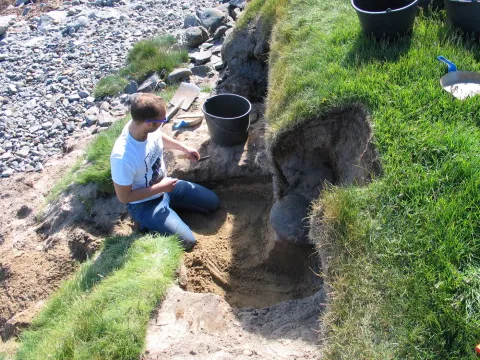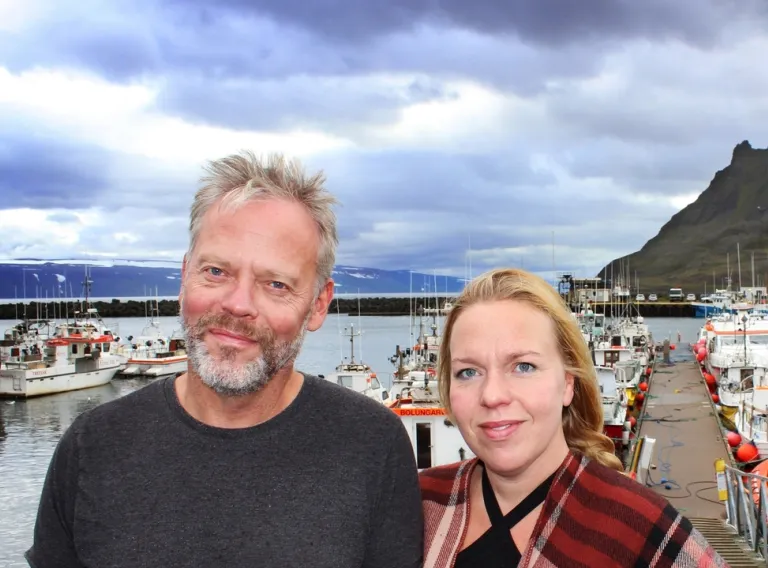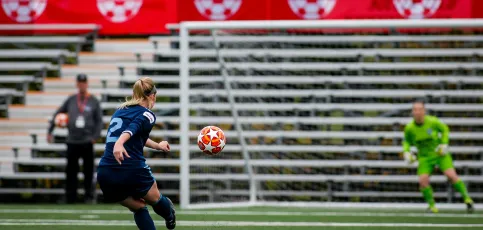
New research by scientists at the University of Iceland's Research Centre of the Westfjords and their colleagues has revealed that the trophic niche of the Atlantic cod in Icelandic coastal regions remained stable for centuries, but changed in the 19th century alongside intensified fishing. It is likely that this reflects changes to both the age and size of the cod stocks, but also changes to marine food webs as populations fall due to extensive fishing and food chains shorten. The research was reported in Scientific Reports, a respected journal from the publishers of Nature. According to the authors of the study, the results underline the importance of conserving different migratory cod in Icelandic coastal regions, for example to boost the population's resilience to environmental changes.
The research team included Guðbjörg Ásta Ólafsdóttir, biologist and director of the UI Research Centre of the Westfjords, and Ragnar Edvardsson, archaeologist at the Research Centre, along with their colleagues in Canada and Norway.
Guðbjörg Ásta and Ragnar have worked together for many years on interdisciplinary research into fish bones, particularly cod, that they have excavated from ancient fishing stations in the Westfjords. The oldest bones are 1000 years old. "The main aim of the research is to understand how changes in fishing and the marine environment have affected fish populations over the centuries. Using a data series spanning several centuries, we can establish a kind of baseline and try to estimate how extensive human exploitation could have affected marine ecosystems," explains Guðbjörg Ásta.
Ragnar points out that there are historical fishing stations in many places around Iceland, particularly in West Iceland and the Westfjords. Bones from three such sites were used in this study: from Breiðuvík and Kollsvík in Vesturbyggð and Siglunes in Eyjafjörður. "The fishing station in Breiðuvík in Vesturbyggð is unique. People fished cod from that station almost continuously from 1000 years ago up to the early 20th century. Fishing and processing methods changed remarkably little over the centuries, but around the middle of the 19th century all fishing in Iceland was revolutionised, firstly with decked vessels and later with the advent of trawlers," says Ragnar. Before that point, cod was generally dried and turned into stockfish. The heads were left and these are the very bones that were used in the research.




